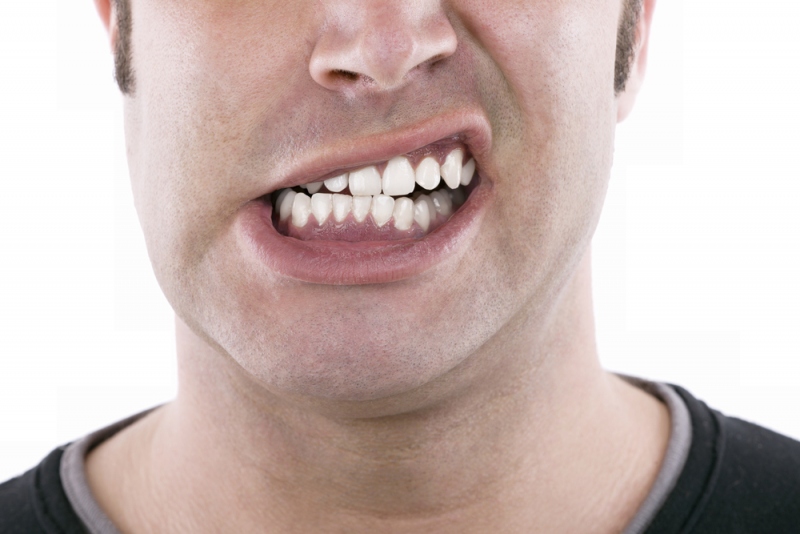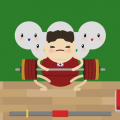If you are wondering what a bite is exactly, know that it’s the alignment of the teeth where the upper set meets the lower set. A lot of us are born with a faulty bite but more often than not, it goes undetected for a long time because some bite disorders do not cause enough active symptoms to raise concern in the beginning. Unfortunately, even those dysfunctional bites that don’t cause any apparent problems end up damaging teeth greatly over time. To avoid such situations, go through the following points to know how you can detect an issue with your bite.
The Clench Test
You can do this simple test just about anywhere and at any time. Simply clench your teeth together with an empty mouth and apply a significant amount of pressure while biting down. Did anything hurt or did you feel a particular discomfort in any section of your jaw or teeth? If the answer is yes, then you have a bite problem. If, however, you did not feel any pain whatsoever, your chances of having a faulty bite are diminished significantly.
If it hurts a particular tooth or two while you clench hard, it probably means that those teeth are overexposed to the pressure each time you close your mouth. This could also be the reason responsible for the teeth in question becoming oversensitive to the cold and sourness. If you feel that any of your jaw muscles are hurting while you clench, it also might mean that you have a faulty bite and the jaw muscles are overworked, trying to avoid the high tooth each time you close your mouth.
Damaged Teeth
If you can see the dark inners of one or multiple teeth near the biting edges, it means that your teeth are damaged to the point of losing all the protective white enamel there and the sensitive dentin is exposed. Dentin is not even nearly as effective at resisting everyday pressures as enamel, which you have already gone through, so you need to go to a dentist as soon as possible. This is quite an obvious sign that your bite is faulty and if you don’t get it corrected, you will eventually lose those teeth.
Pain and Discomfort
Finally, we come to the most obvious symptom, which is pain and discomfort in various sections of the mouth and jaw. As pain and discomfort is common in almost every other dental problem out there as well, you will need to look for pain in or near the jaw joint, especially when you bite down hard (as you did in the clench test). Also, feelings of discomfort in any particularly exposed tooth would mean the same.
A faulty bite is a serious disorder that can lead to catastrophe for your teeth if not treated in time, so visit your local Kennesaw dental office to get evaluated as soon as you possibly can. This is the kind of problem that doesn’t feel like a problem during the early years even when left untreated, but as you get older, things will become a lot more painful and it will cost you a lot more money to manage then.





























No Comments
Leave a comment Cancel